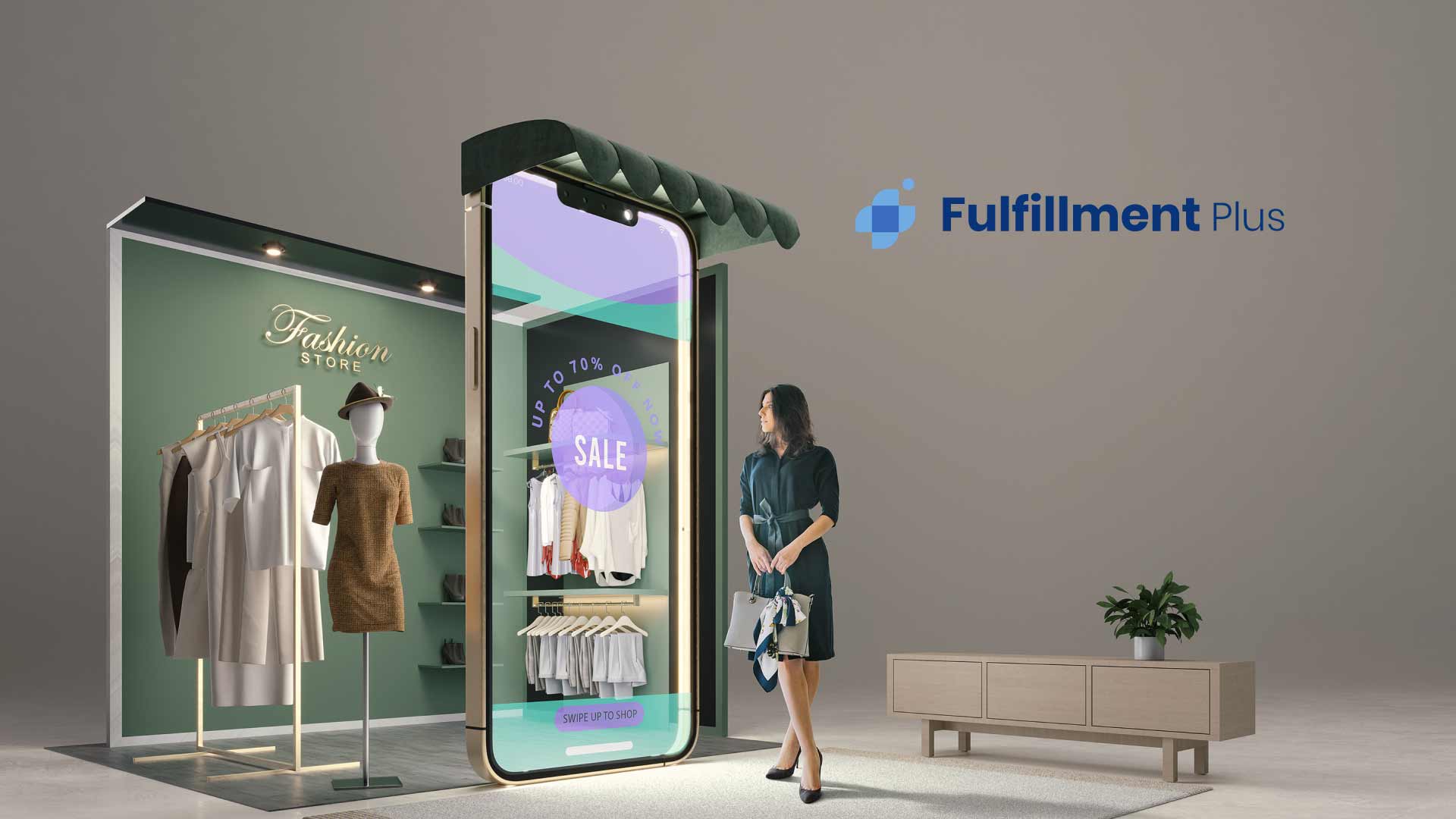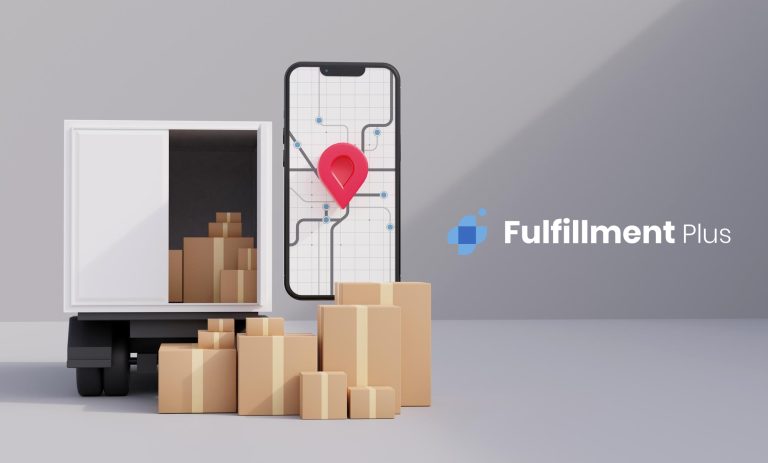Navigating the Retail Landscape: Unraveling the Complexities of Omnichannel Retail
In an era dominated by ever-evolving consumer expectations and technological advancements, omnichannel retail has emerged as a transformative strategy for businesses seeking to stay ahead of the curve. This blog will delve into the intricacies of omnichannel retail, exploring its definition, advantages, and disadvantages, shedding light on why it has become a cornerstone for modern retail success.
Understanding Omnichannel Retail:
At its core, omnichannel retail refers to a seamless, integrated approach to sales that provides customers with a unified shopping experience across various channels. This includes brick-and mortar stores, e-commerce platforms, mobile apps, and social media. Omnichannel unifies the experience across all channels. Not like its fragmented multichannel counterpart.
Advantages of Omnichannel Retail:
Enhanced Customer Experience:
One of the primary advantages of omnichannel retail is the ability to provide a consistent and superior customer experience. Everytime a customer engages with a brand through a physical store, a mobile app, or an online website, they expect a unified and seamless journey. Omnichannel retail allows businesses to meet these expectations, ensuring that customers receive the same level of service, product information, and personalized recommendations across all channels.
Increased Customer Loyalty:
By offering a cohesive experience, omnichannel retail fosters stronger customer loyalty. Seamless channel hopping, seamless brand love. That’s the magic of omnichannel. Customers who breeze between online, mobile, and stores without a hitch become loyal fans. And loyalty programs that reward them across all channels? It’s the cherry on top, building brand love wherever they shop.
Flexibility and Convenience:
Omnichannel retail gives customers the freedom to shop as they prefer, allowing them to choose the method, timing, and location that suits them. This flexibility wins over today’s diverse consumers. These options offer convenience in line with the varied preferences of contemporary consumers.
Improved Inventory Management:
Omnichannel retail allows for more efficient inventory management. With a unified view of inventory across all channels, businesses can optimize stock levels, reduce overstock or stockouts, and fulfill orders from the most cost-effective and geographically advantageous locations. This enhances operational efficiency. This minimizes the risk of lost sales caused inventory discrepancies.
Data-Driven Insights:
The interconnected nature of omnichannel retail generates a wealth of data. Businesses can leverage this data to gain insights into customer behavior, preferences, and buying patterns. Examining this information allows retailers to make well-informed decisions regarding product assortment, marketing strategies, and overall business operations. This enhances the precision and effectiveness of their initiatives.
Disadvantages of Omnichannel Retail:
Implementation Challenges:
Transitioning to an omnichannel model is complex and challenging for businesses. Integrating diverse channels, technologies, and data sources requires a significant investment in infrastructure and technology. Small businesses might implement a full omnichannel makeover.
High Initial Costs:
The upfront costs associated with implementing omnichannel retail, including technology upgrades, staff training, and system integration, can be substantial. Excluding the potential long term advantages, certain businesses may struggle to allocate the required resources for the initial investment.
Consistency Across Channels:
Maintaining a consistent brand experience across all channels is a formidable challenge. Discrepancies in product information, pricing, or promotions between online and offline channels can erode customer trust and damage the brand’s reputation. Achieving and sustaining consistency requires meticulous attention to detail and ongoing monitoring and adjustments.
Cybersecurity Concerns:
With an increased reliance on digital channels comes an elevated risk of cybersecurity threats. Omnichannel retail involves the transmission and storage of sensitive customer data across various platforms, making businesses more susceptible to data breaches. Retailers must invest in robust cybersecurity measures to protect customer information and maintain trust in their brand.
Operational Complexity:
Omnichannel retail introduces a level of operational complexity that can strain existing workflows. Coordinating inventory management, order fulfillment, and customer service across multiple channels demands a well-orchestrated strategy. Without effective systems in place, businesses may struggle to provide the seamless experience that omnichannel retail promises.
Omnichannel retail represents a paradigm shift in the way businesses approach customer engagement and sales. The advantages of enhanced customer experience, increased loyalty, flexibility, improved inventory management, and data-driven insights underscore its significance in the modern retail landscape. The journey to omnichannel excellence is not easy. Businesses must navigate the complexities of implementation, address consistency issues, manage cybersecurity concerns, and grapple with operational intricacies. Ultimately, the success of omnichannel retail hinges on a strategic and holistic approach. Businesses that invest in the right technology, prioritize customer experience, and remain agile in adapting to market changes stand to reap the rewards of this transformative retail strategy. Omnichannel retail isn’t optional, it’s survival in today’s evolving, competitive retail world as customer expectations keep changing.
Key Statistics from Global Brands in Omnichannel Retail
Insights into the impact and effectiveness of omnichannel retail practices.
I. Rising Significance of Omnichannel:
Sales Growth: According to a report by Deloitte, companies with strong omnichannel customer engagement strategies retain, on average, 89% of their customers compared to 33% for companies with weak omnichannel strategies. Consumer Preference: Most shoppers (73%) use multiple channels, demanding a smooth omnichannel experience.
II. Mobile Commerce and Online Presence:
Mobile Influence: Google reports that 82% of smartphone users consult their phones on purchases they are about to make in-store. These play a crucial role in shaping consumer decisions across channels. E-commerce Growth: In 2021, global e-commerce sales reached $4.9 trillion, representing a 27.6% increase from the previous year. This highlights the accelerated adoption of online channels.
III. In-Store and Online Integration:
BOPIS Trends: The Buy Online Pickup In-Store (BOPIS) method has experienced a rise, with 90% of retailers providing this option in 2021, up from 80% in 2020. In-Store Technology: 72% of shoppers in the U.S. aged 18-34 appreciate the ability to view real-time product availability in-store via digital channels .
IV. Customer Experience and Loyalty:
Loyalty Program Impact: 77% of shoppers participate in a retail loyalty program, highlighting the role of incentives in fostering customer loyalty.
Repeat Business: Customers who engage with a brand across multiple channels have a 30% higher lifetime value comparing those who shop using only one channel.
V. Technology Adoption and Innovation:
AI Utilization: 80% of executives from leading retail companies believe AI has improved customer satisfaction by more than 10%. AR and VR Implementation: Brands incorporating Augmented Reality (AR) and Virtual Reality (VR) experiences witness a 135% higher conversion rate.
VI. Logistics and Fulfillment:
Same-Day Delivery Demand: 56% of consumers aged 18-34 in the U.S. are more likely to choose a retailer that offers same-day delivery. Global Shipping Preferences: 60% of shoppers worldwide prefer international retailers that offer multiple shipping options, including express delivery.
Global brand data unequivocally demonstrates the significant impact of omnichannel retail on consumer behavior. These crucial figures underscore the necessity for businesses to embrace omnichannel strategies. They also continuously innovate and adapt to meet the dynamic expectations of consumers. To succeed in the global market, brands must excel across all channels, including mobile, technology, and logistics. It’s not just a trend; it’s a fundamental requirement.
Fulfillment Plus aids omnichannel retail by offering unified inventory management, ensuring real time visibility across various channels. With optimized stock allocation, businesses prevent overstock or stockouts. Fulfillment Plus enables flexible order fulfillment, supporting options like Buy Online, Pickup In-Store (BOPIS) and Ship-from-Store. Leveraging our location strategically, Fulfillment Plus enhances delivery speed and reduces shipping costs. Advanced technology integration from Fulfillment Plus facilitates seamless operations, allowing businesses to streamline their processes and meet the diverse demands of an omnichannel retail environment.
Get in touch with us at 888-256-7790 or click here.







